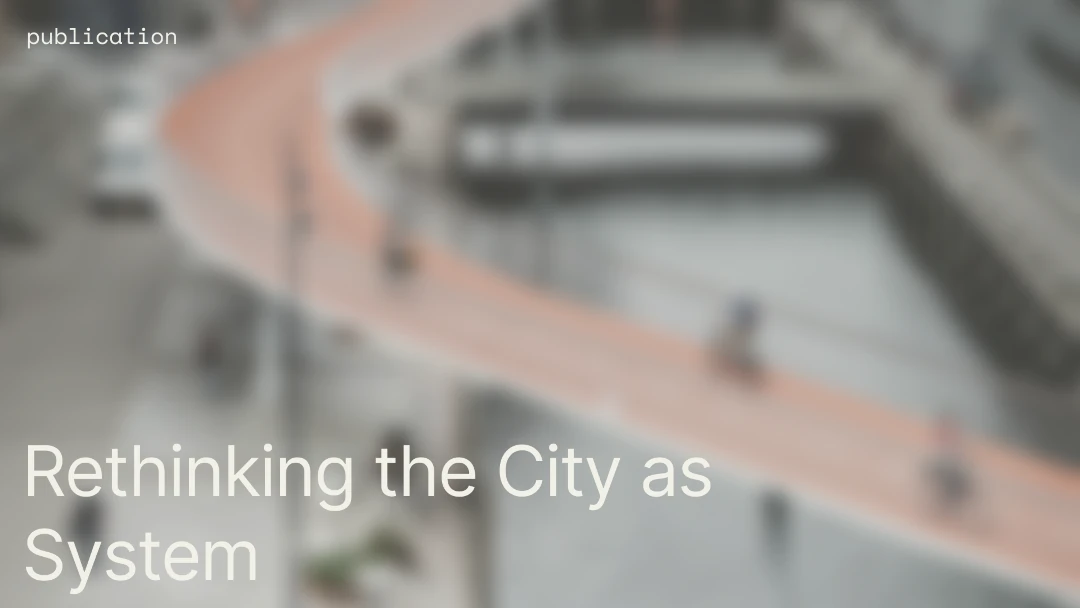
This decade will arguably be regarded as the advent of Artificial Intelligence (AI) and Large Language Models (LLMs) as they gradually become more and more interwoven with human activities.
Even the building industry, usually a slow adopter of new technology, is steadily trying to adapt to it and find use cases where it might prove beneficial. And for good reason. Besides the very valid ethical concerns that certain players in the AI industry have raised (regarding mainly copyright issues, but also skewed results and biases), these technologies are remarkable for the speed and flexibility they offer.
AI and LLMs excel in quickly processing and analysing vast quantities of data and at recognising patterns, linking together cause and effect in a way that traditional software just can't replicate. Their ability to "make sense" of natural language instructions and their ability to be trained to be task-proficient in different fields can be extremely useful.
Let's take a use case close to our heart: Environmental Product Declarations (EPDs). These documents abide by very different standards such as ISO 14025, ISO 14040 and ISO 14044... but also EN 15804, and EPD International which follows ISO 14025, and then EPD+ILCD, OpenEPD, and ISO 22057:2022.
The information with the EPDs, across these standards, is rarely in the same place or format. Therefore it is not machine readable, which until now meant that extracting information from individual EPDs has been exclusively a very tedious manual job.
Not only has this contributed to a disparity in knowledge base between large and smaller firms (as we highlighted in our previous article on the subject), but also generally slowed down the EPD adoption process by a long shot.
With LLMs it's possible to quickly extract this information from the documents without ever having to open them. In theory. But in practice?
The effectiveness of AI is inextricably linked to the integrity of the data it processes. Inaccurate, obsolete, or biassed data sets can lead to erroneous recommendations, flawed material selections, and compliance failures. The classic concept of “garbage in, garbage out.” An AI system's suggestion based on outdated EPDs, for instance, could result in constructions that fall short on sustainability or violate current regulations. Furthermore, the reliability of AI in interpreting legal standards is contingent upon the data's accuracy and the algorithms' sophistication, and its interpretations should always be taken with a grain of salt.
If you want to know more about how we ensure data integrity and reliability in our processes, you can read this article on our proprietary data-quality tool.
But despite all of its shortcomings, AIs and LLMs will definitely have an important place carved for them in the built environment and will even exceed beyond that, redefining many existing processes. While human professionals offer contextual understanding and critical judgement that AI just cannot (and should not) replicate, AIs still have the potential to massively speed up the adoption of sustainability tools and practices.
Novel material combinations, neural-network-based optimisations, and the integration between natural language and technical documents are just a few of the ways in which this technology can benefit the sustainable reinvention of the built environment.




























